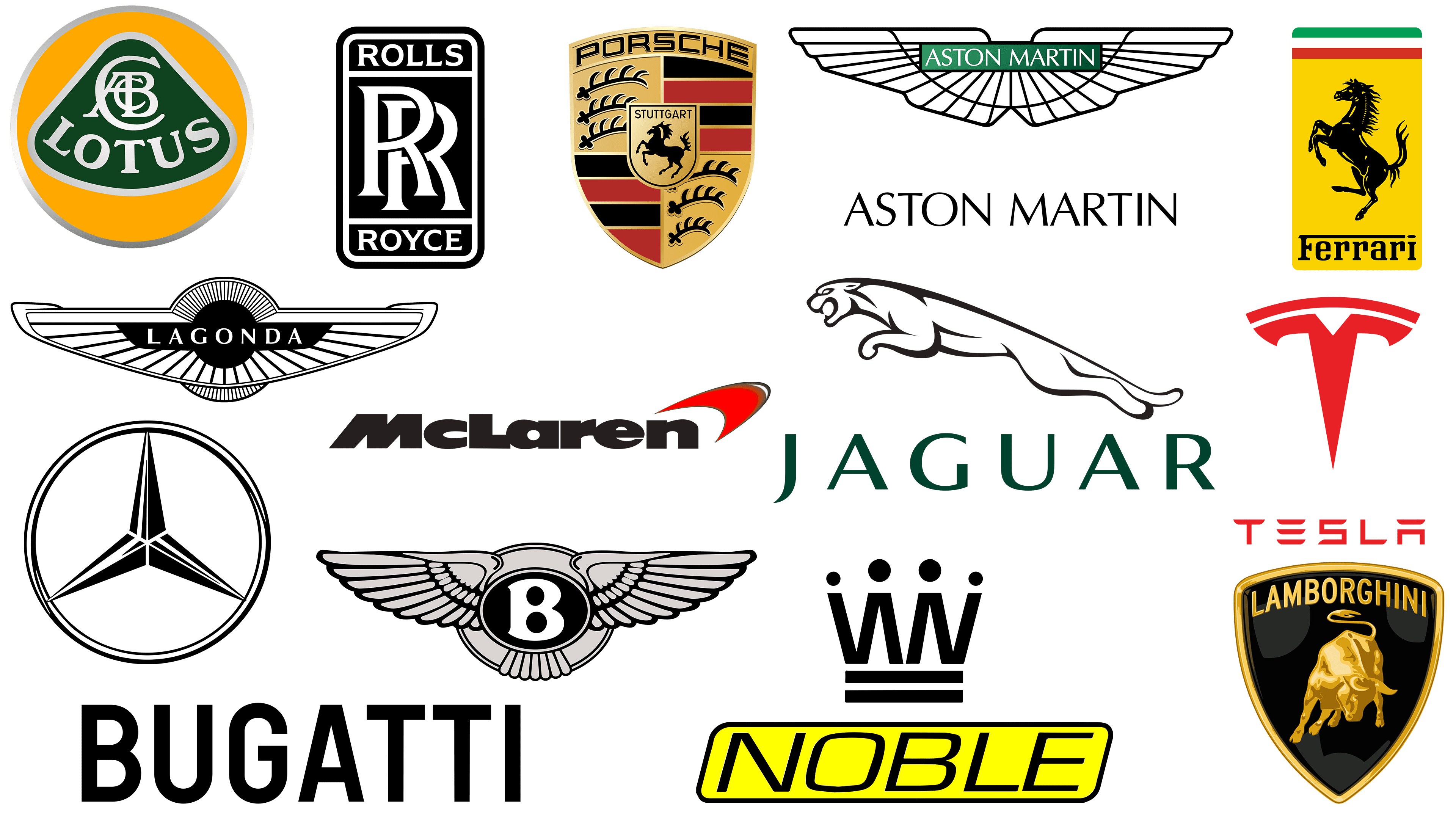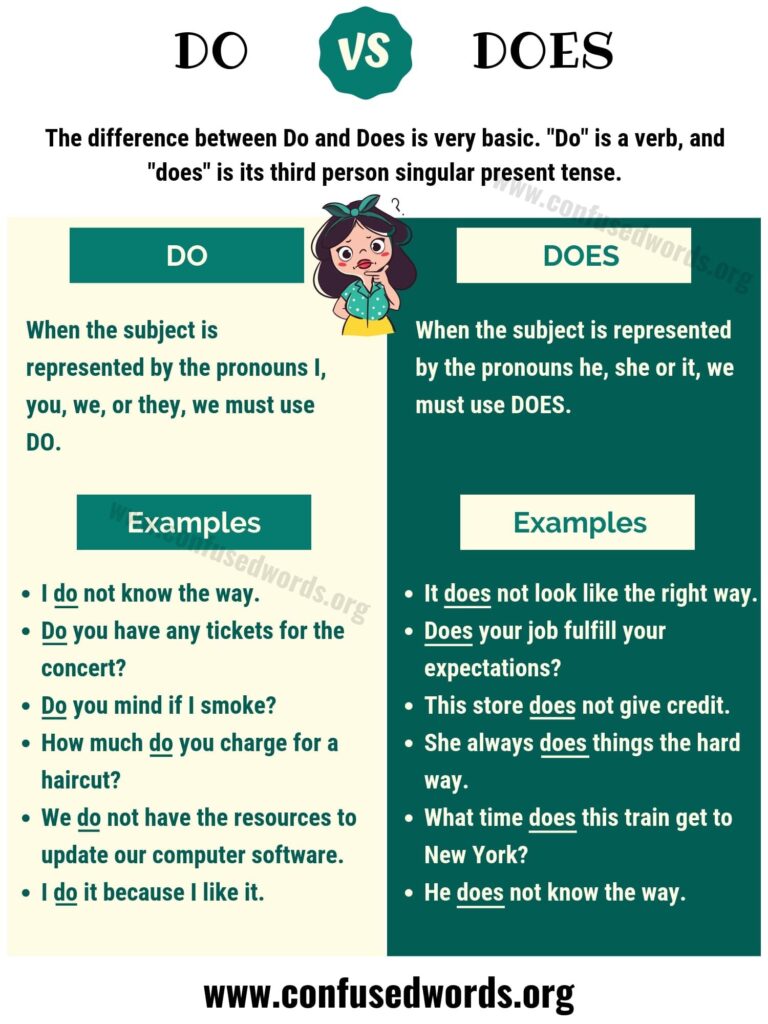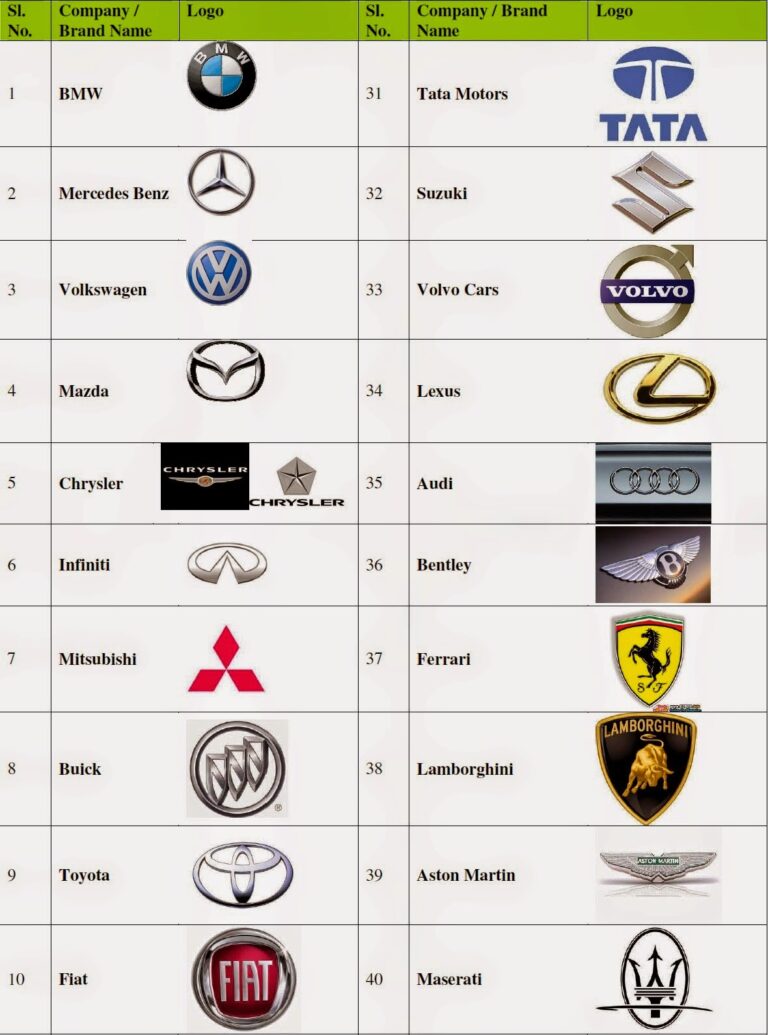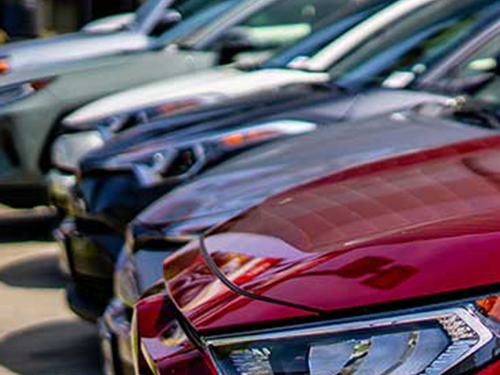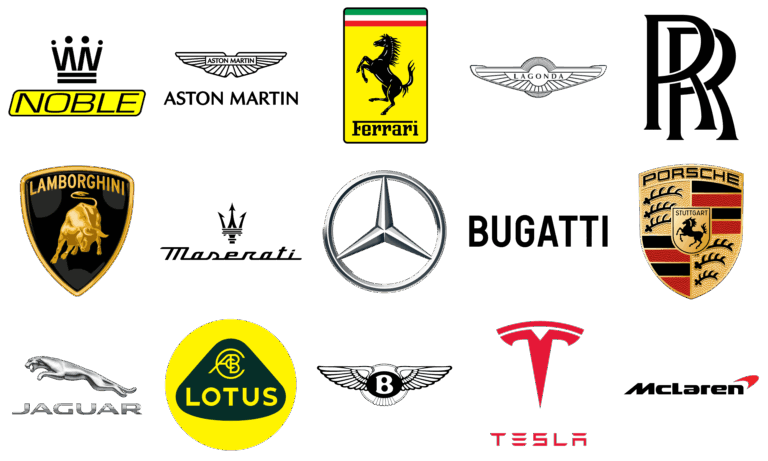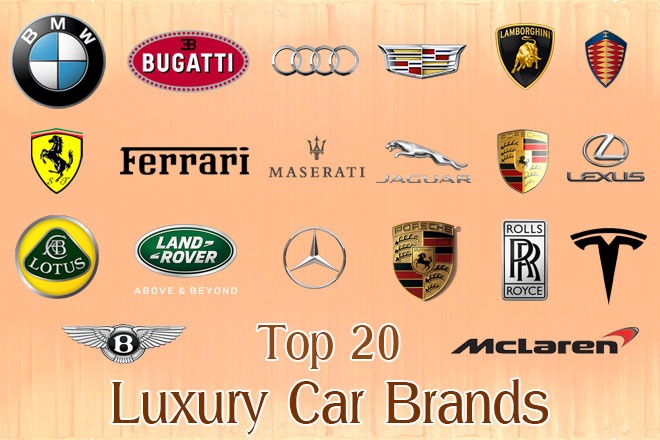Brand New Cars For $12,000: Navigating the Ultra-Budget New Car Market
Brand New Cars For $12,000: Navigating the Ultra-Budget New Car Market cars.truckstrend.com
In an era of rising vehicle prices, the idea of purchasing a brand new car for a mere $12,000 might seem like a distant dream or even an impossibility. For many, it conjures images of unreliable vehicles or simply doesn’t align with current market realities. However, while challenging, the pursuit of a genuinely new car at this ultra-budget price point isn’t entirely futile, though it requires a keen understanding of global markets, aggressive deal-seeking, and a willingness to embrace simplicity.
This comprehensive guide aims to demystify the landscape of brand new cars available for $12,000 or less. We’ll explore the market realities, what to expect from such vehicles, the potential benefits and challenges, and provide actionable advice for anyone daring to venture into this highly specialized segment of the automotive world. While the options are limited, and often tied to specific regions or exceptional circumstances, understanding this niche can open doors to affordable, factory-fresh transportation.
Brand New Cars For $12,000: Navigating the Ultra-Budget New Car Market
The Elusive $12,000 New Car: Market Realities and Global Perspectives
The notion of a $12,000 brand new car is largely a product of historical pricing or specific economic conditions found predominantly outside major Western markets like North America or Western Europe. In countries with mature automotive industries and stringent safety, emissions, and feature standards, the base price of even the most stripped-down vehicles typically starts closer to $16,000-$20,000 USD, before taxes and fees. Inflation, rising material costs, advanced manufacturing processes, and increasingly complex regulatory requirements all contribute to this higher baseline.
However, in emerging markets across Asia, Africa, and parts of Latin America, where economic conditions necessitate more affordable transportation, manufacturers produce vehicles specifically designed to meet lower price points. These cars often feature simpler designs, fewer luxury amenities, smaller engines, and sometimes less sophisticated safety technology (though basic safety features like airbags and ABS are becoming standard globally). Furthermore, aggressive dealer incentives, manufacturer rebates, and end-of-model-year clearouts can, on rare occasions, push the "out-the-door" price of a very basic new car closer to the $12,000 mark, even in markets where the MSRP is higher.
Therefore, the availability of a brand new car for $12,000 is less about finding a specific model widely advertised at that price and more about understanding niche markets, timing your purchase perfectly, and being highly flexible with your expectations.
What to Expect from a Sub-$15,000 New Car
When you consider a new car in the $12,000 range (or even slightly above, aiming for discounts), you must recalibrate your expectations significantly. These are not vehicles loaded with cutting-edge technology or premium comforts. Instead, they are designed for fundamental, no-frills transportation.
- Basic Features Only: Expect manual windows, manual door locks, a very simple radio (possibly without a touchscreen or even Bluetooth), steel wheels with hubcaps, and basic cloth seats. Air conditioning is often standard due to market demand, but don’t count on power mirrors, cruise control, or remote keyless entry unless it’s a higher trim or a specific regional offering.
- Small, Efficient Engines: The engines will typically be small 3-cylinder or 4-cylinder units, ranging from 0.8L to 1.2L. They are designed for fuel efficiency and city driving, not rapid acceleration or high-speed highway cruising. Horsepower figures will be modest, usually below 100 hp.
- Compact Size: These vehicles are almost exclusively subcompact hatchbacks or micro-SUVs/crossovers. They are ideal for navigating congested city streets and parking in tight spaces.
- Essential Safety Features: While basic models will meet fundamental safety requirements (e.g., a minimum number of airbags, ABS brakes), they will likely lack advanced driver-assistance systems (ADAS) like automatic emergency braking, lane-keeping assist, or blind-spot monitoring. Always check the specific safety ratings for the model in its target market.
- Standard Warranty: Despite the low price, a brand new car comes with a full factory warranty, providing peace of mind against manufacturing defects for a specified period or mileage.
- Fuel Efficiency Focus: Given their small engines and light weight, these cars are typically very fuel-efficient, leading to lower running costs.

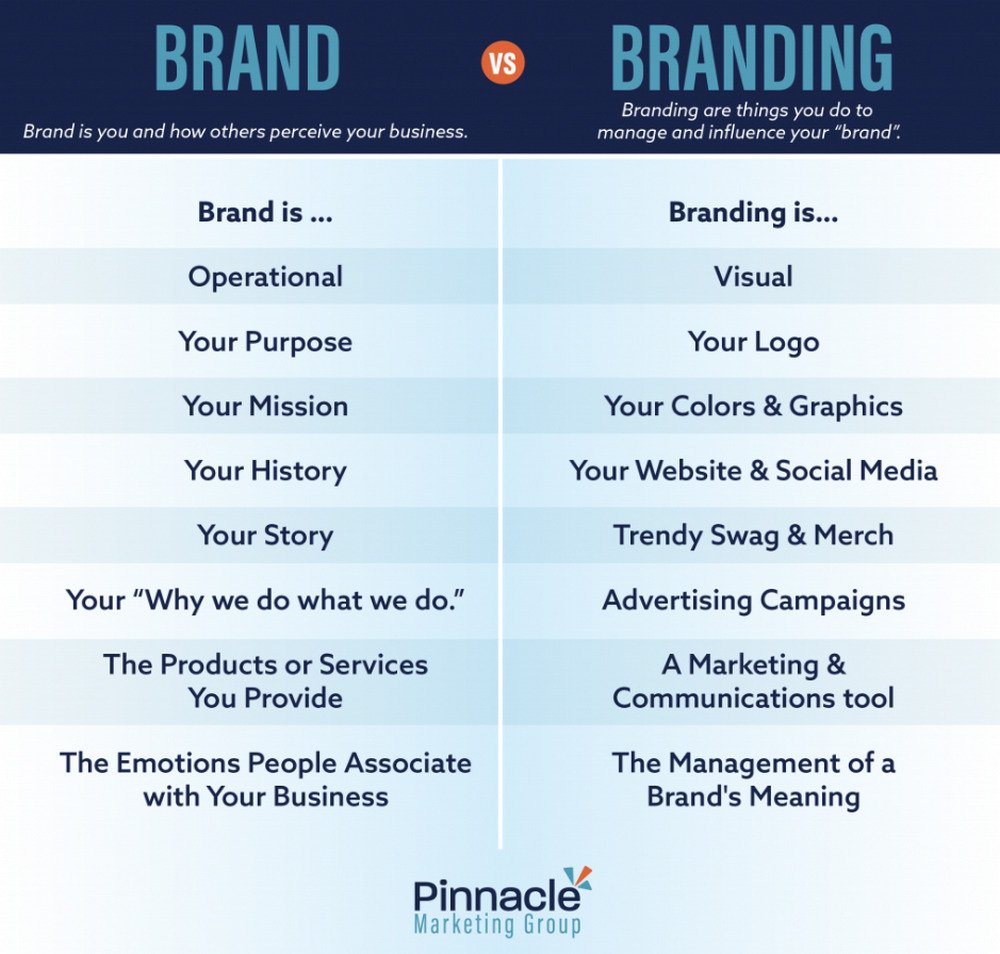
Benefits of Buying a "Budget New Car"
While the feature set is minimal, purchasing a brand new car at a budget price offers distinct advantages:
- Zero History: You’re the first owner, meaning no hidden issues from previous owners, no unknown maintenance history, and no worries about accidents or neglect.
- Full Factory Warranty: Enjoy the complete manufacturer’s warranty, covering major components and offering peace of mind for the initial years of ownership.
- Latest Basic Safety Standards: Even entry-level new cars benefit from current basic safety regulations, including modern crumple zones and airbag systems, often making them safer than older, used vehicles.
- Reliability: New cars are generally more reliable than used ones, especially in their first few years, reducing unexpected repair costs.
- Lower Running Costs: Small engines typically translate to excellent fuel economy, and basic maintenance is usually straightforward and inexpensive. Insurance costs can also be lower due to the car’s lower value.
- Pride of Ownership: There’s something undeniably satisfying about driving a brand new car, even a basic one, knowing you’re its first driver.
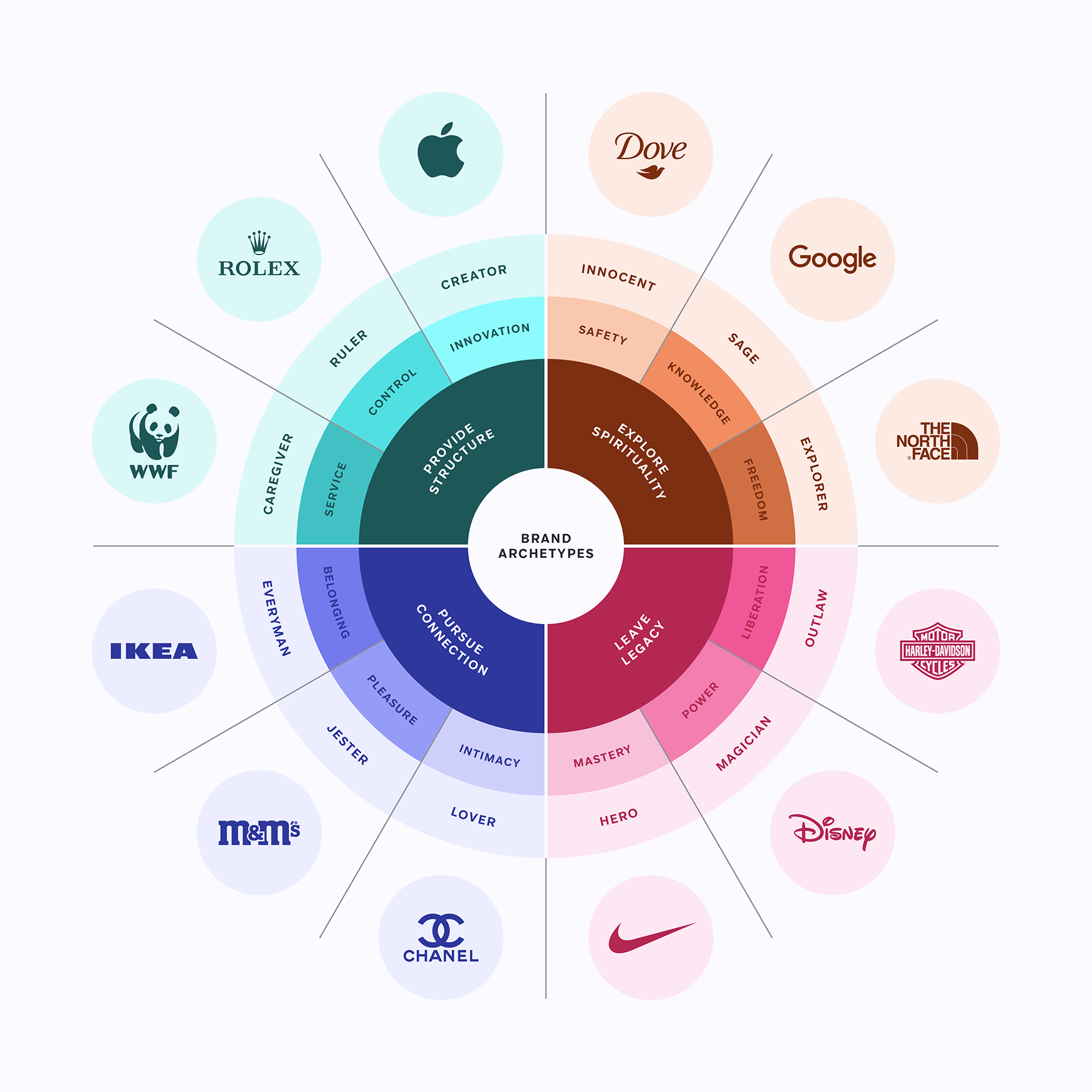
Important Considerations and Potential Challenges
The path to a $12,000 new car is not without its hurdles:
- Extremely Limited Choices: The number of models that can realistically hit this price point is very small, and they are often specific to certain global regions.
- Availability: Even if a model theoretically exists at this price, finding one at a dealership, especially in Western markets, might be difficult. You might need to be flexible with colors, trims, and optional features.
- Resale Value: While initial depreciation is a factor for all new cars, a very basic, low-cost model might experience a sharper drop in value or be harder to sell compared to more popular, feature-rich vehicles.
- Performance Limitations: For highway driving, merging, or tackling steep inclines, the small engines might feel underpowered. Long road trips might also be less comfortable due to basic suspension and limited cabin amenities.
- Lack of Comfort and Tech: The absence of modern conveniences like advanced infotainment, power seats, or sophisticated climate control can be a significant adjustment for some drivers.
- Financing Challenges: Lenders might offer less favorable terms for very low-value new car loans, or require larger down payments.
Tips for Finding and Purchasing a Budget New Car
If you’re serious about finding a brand new car for $12,000, here’s your action plan:
- Research Global Markets: Look beyond your immediate country. While importing might be impractical, understanding what’s available elsewhere can inform your expectations or reveal models that might eventually arrive in your market.
- Focus on Base Models: Always target the absolute base trim level of the cheapest cars available. Avoid any packages or optional extras.
- Hunt for Incentives and Rebates: This is where the magic happens. Manufacturers often offer cash rebates, low APR financing, or loyalty programs that can significantly reduce the "out-the-door" price. Check manufacturer websites and local dealer promotions.
- Consider Previous Model Year Clearouts: As new model years arrive, dealerships are often eager to clear out old inventory. This can lead to substantial discounts on "new" cars that are a year older.
- Negotiate Aggressively: Even on low-margin vehicles, there might be some room for negotiation, especially on dealer fees or accessories.
- Factor in "Out-the-Door" Costs: Remember that the sticker price is rarely the final price. Account for sales tax, registration fees, documentation fees, and any other mandatory charges. These can easily add 10-20% to the total.
- Be Patient and Flexible: Finding the right deal at this price point requires patience. Be prepared to wait for the right promotion or to travel to a different dealership.
- Don’t Rule Out Certified Pre-Owned (CPO) as an Alternative: If a brand new car at $12,000 proves impossible, a certified pre-owned vehicle (typically 1-3 years old) can offer similar reliability, a factory-backed warranty, and often more features for the same budget. While not "brand new," it’s a pragmatic compromise.
Table Price: Illustrative Examples of Budget New Cars (Often Requiring Incentives or Found in Specific Markets)
It’s crucial to state that genuinely new cars for $12,000 USD are exceptionally rare in major developed markets as of 2024. The models below represent the type of car that might approach this price point with significant discounts, manufacturer incentives, or are predominantly found in emerging economies where vehicle costs are inherently lower. This table serves as an illustration, not a guarantee of availability at the listed price in your specific region.
| Make/Model | Estimated Base Price (USD) | Key Features (Typical) | Target Market/Notes |
|---|---|---|---|
| Maruti Suzuki Alto | ~$5,000 – $7,000 | 0.8L/1.0L engine, Manual transmission, Basic HVAC, Basic infotainment (optional), ABS, 2 Airbags | India: One of the world’s best-selling entry-level cars. Extremely basic, designed for dense urban environments. Rarely exported to Western markets. |
| Renault Kwid | ~$7,000 – $10,000 | 0.8L/1.0L engine, Manual/AMT, Raised ground clearance (SUV-like stance), Touchscreen (higher trims), ABS, 2 Airbags | India, Brazil, South Africa, parts of Asia/Africa: Known for its SUV-inspired styling at a low price. Often requires significant incentives to dip below $12k in some markets. |
| Dacia Sandero | ~$10,000 – $13,000 | 1.0L engine, Manual transmission, Basic radio, ABS, Multiple Airbags, Manual windows/mirrors | Europe, Latin America, North Africa: Sold as Dacia (Renault’s budget brand). Base models are very stripped down. MSRP often starts just above $12k, but promotions can bring it down. Not available in North America. |
| Hyundai Grand i10 | ~$9,000 – $12,000 | 1.0L/1.2L engine, Manual/Automatic, Basic AC, Power steering, ABS, 2-4 Airbags | India, parts of Asia/Africa/LatAm: A slightly more refined option than the absolute lowest tier, but still very budget-focused. Price depends heavily on specific market and trim. |
| Mitsubishi Mirage | ~$16,000 (MSRP) | 1.2L engine, CVT/Manual, Basic radio, Power windows/mirrors, AC, 7 Airbags, Rear Camera | USA, Canada, Europe (Space Star): The cheapest new car in the USA by MSRP. While its MSRP is higher, it frequently sees heavy incentives and rebates that can bring the effective price close to or even below $12,000 for the absolute base trim, especially during sales events. |
| Chevrolet Spark | ~$16,000 (MSRP) | 1.4L engine, Manual/CVT, Basic infotainment (often with Apple CarPlay/Android Auto), 10 Airbags, Rear Camera | USA, Canada, Latin America: Another contender for cheapest new car in North America. Like the Mirage, its MSRP is higher, but it can be found significantly discounted, potentially bringing it closer to the $12k mark with aggressive negotiation and incentives before taxes/fees. |
Note: Prices are estimates and subject to change based on market, specific trim, incentives, and exchange rates. "Base Price" refers to the Manufacturer’s Suggested Retail Price (MSRP) before taxes, destination fees, and any dealer add-ons.
Frequently Asked Questions (FAQ)
Q1: Is it really possible to buy a brand new car for $12,000 in the USA or Canada?
A1: It’s extremely challenging. While no new car has an MSRP of $12,000 in these markets, aggressive manufacturer rebates, dealer discounts, and special promotions (e.g., year-end clearouts) on the absolute cheapest models (like the Mitsubishi Mirage or Chevrolet Spark base trims) might bring the "out-the-door" price close to $12,000 before taxes and fees, but it’s rare and requires significant effort.
Q2: What are the main compromises I’ll make with a $12,000 new car?
A2: Significant compromises on features (manual everything, basic radio), performance (small engines, not ideal for highway), interior comfort, and advanced safety technologies. These cars are primarily about getting from point A to B reliably and affordably.
Q3: Are these ultra-budget new cars safe?
A3: They meet the basic safety standards of their respective markets, which typically include a minimum number of airbags and anti-lock brakes (ABS). However, they generally lack the advanced driver-assistance systems (ADAS) found in more expensive vehicles. Always check the crash test ratings (e.g., NCAP, IIHS, NHTSA) for specific models.
Q4: What about financing for such a low-cost new car?
A4: Financing is available, but lenders might require a larger down payment or offer less competitive interest rates for very small loan amounts. It’s advisable to have a good credit score to secure the best terms.
Q5: Should I consider a used car instead if my budget is $12,000?
A5: For $12,000, you can often find a used car that is a few years old, has more features, better performance, and a higher safety rating than a brand new ultra-budget model. If "brand new" isn’t a strict requirement, a well-maintained used car or a Certified Pre-Owned (CPO) vehicle can offer significantly more value for your money.
Conclusion
The quest for a brand new car for $12,000 is an exercise in managing expectations and understanding the global automotive landscape. While not impossible, especially in emerging markets or with highly aggressive incentives on the very cheapest models in developed nations, it demands flexibility, patience, and a willingness to embrace a truly no-frills driving experience.
For those prioritizing the peace of mind that comes with a full factory warranty, zero previous owner history, and the satisfaction of being the first driver, these ultra-budget new cars represent the absolute entry point into vehicle ownership. However, for many, the compromises might be too significant, making a slightly older, well-maintained used car a more practical and feature-rich alternative for the same budget. Ultimately, whether it’s a dream or a reality, understanding the nuances of the $12,000 new car market empowers you to make an informed decision for your transportation needs.
